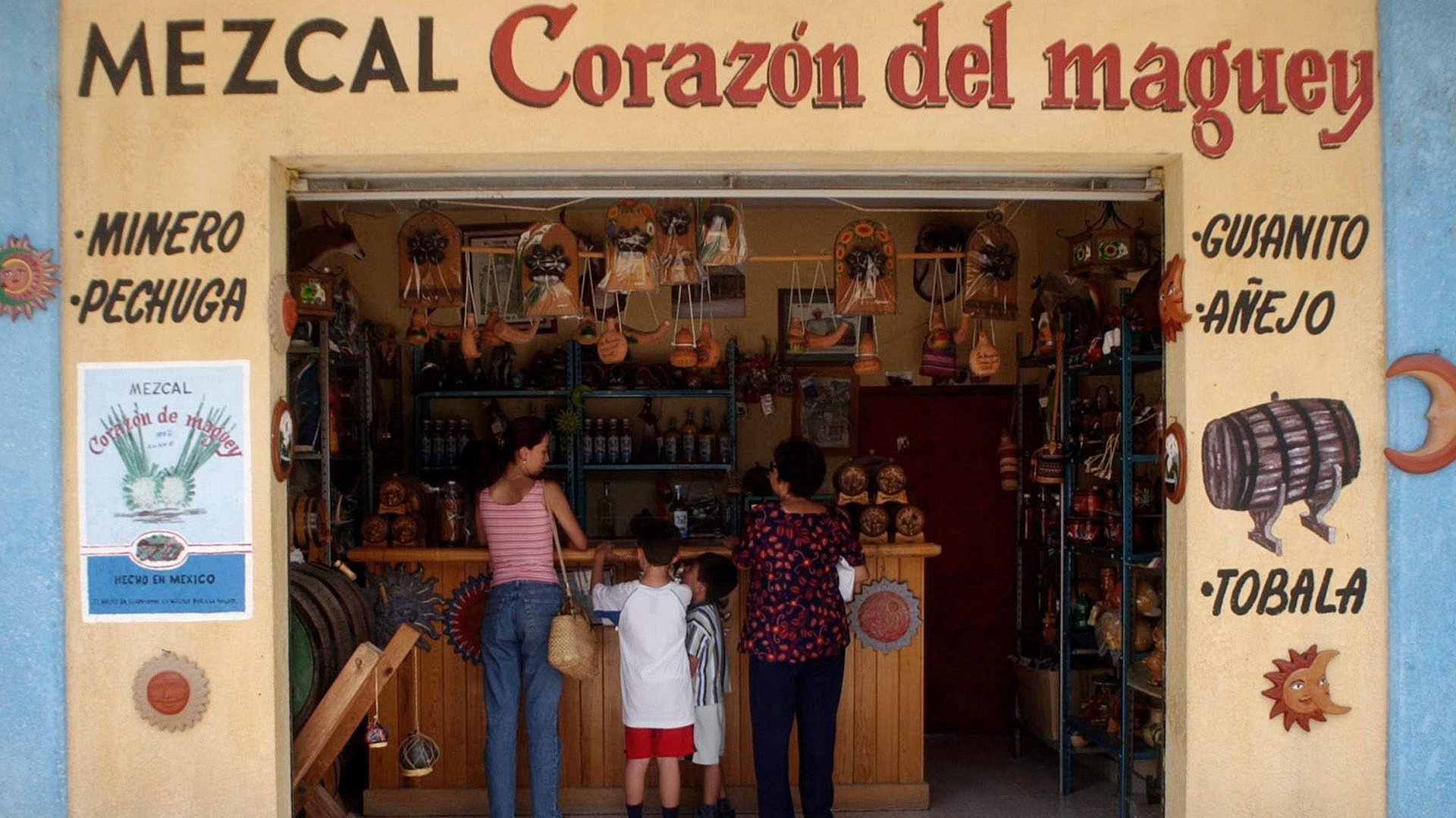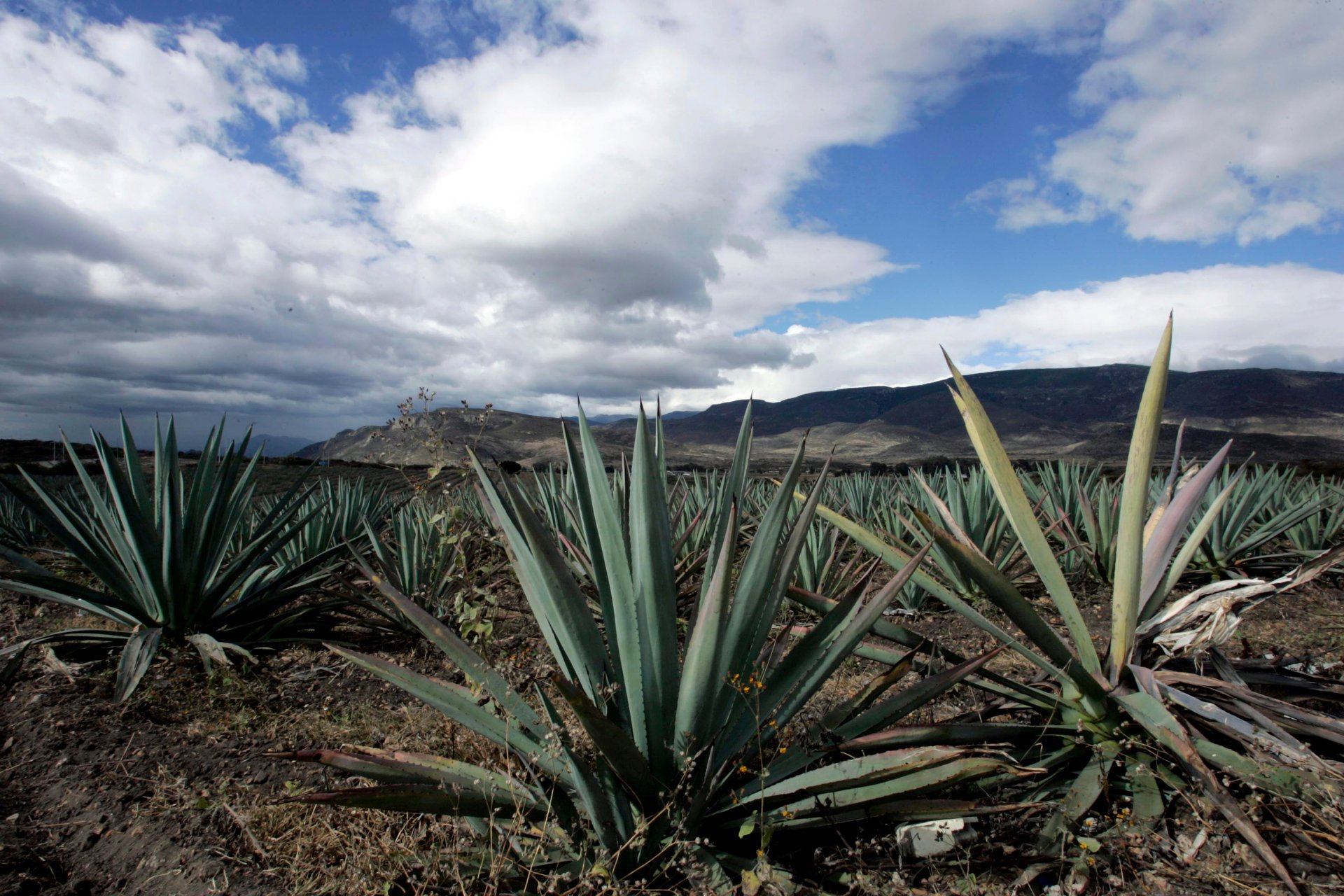How to drink mezcal sustainably
For decades now, every Cinco de Mayo, Americans have consumed thousands of liters of tequila and Mexican beer—sometimes more, in fact, than for the Super Bowl. The holiday, which was never a major Mexican celebration to begin with, has been crafted by American party and liquor companies into an occasion for celebratory drinking.


For decades now, every Cinco de Mayo, Americans have consumed thousands of liters of tequila and Mexican beer—sometimes more, in fact, than for the Super Bowl. The holiday, which was never a major Mexican celebration to begin with, has been crafted by American party and liquor companies into an occasion for celebratory drinking.
Over the past decade, mezcal has increasingly joined tequila as the Mexican spirit of choice. Bars serve mezcal flights to be sipped, or mezcal shots to be slammed. There are mezcal margaritas and mezcal micheladas. Between 2013 and 2017, Mexico’s exports of mezcal nearly quadrupled, to 2.7 million liters a year; in 2019, that figure rose to 5.8 million liters. That same year, American imports of mezcal rose by 50%. Mezcal, clearly, has been having a moment.
But any such boom in consumption, of course, incurs other costs. In this case, Mexican producers are trying so hard to meet demand that they’re over-harvesting wild agaves. Wiping out agaves in the wild could endanger dozens of species that depend on them and threaten the landscape’s biodiversity, said Alfonso Valiente, an ecologist at the National Autonomous University of Mexico. “Entire ecosystems could collapse.”
As consumers, we play a role in this habitat destruction—which means we can also take action to stop it. All it takes is paying attention to the manufacturer and label of what we’re consuming. Cinco de Mayo can be both fun and responsible for conscious mezcal-drinkers.
Where does mezcal come from?
The maguey plant—or the agave, as it’s also called—grows all over the hot, dry landscapes of Mexico. The most mature plants are often taller than a person. For centuries, people in rural parts of Mexico have been harvesting these plants, cooking their hearts on a wood fire, crushing them to extract the liquid, then fermenting and distilling that liquid into a complex spirit that ages in barrels for up to three years. Traditionally, mezcal was drunk during special occasions or religious rituals.
As many as 53 different species of Mexican agave are used to make mezcal, but some regions have more species than others. In Oaxaca, for instance, there are 30 mezcal agave species, and Mezcal Real Minero, a venerable family-run company devoted to sustainable mezcal, uses 16 of these species. Even into the 1970s and 1980s, the family sold mezcal informally to others in the region in recycled bottles or plastic jugs. Then, when mezcal became a trendy, premium spirit, the company’s sales exploded, as did those of other manufacturers.

Agaves grow slowly, maturing over as many as 30 years. In the boom, as mezcal producers scrambled to meet demand, they over-harvested fully grown agave plants, and then started uprooting even immature ones. When Valiente walked through a part of the Sonoran desert a few years ago, he counted just three plants over the course of three hours, where once he would have seen dozens. Agaves have become so valuable that they’re now stolen from private land, to be resold elsewhere. On the black market, one producer told me, you can buy a ton of agave for less than $2,000.
Meet the neighbors
In natural ecosystems, everything is connected. Here are three species that depend on the agave, either indirectly or directly, for their survival. And without these species, the agave, in turn, might not exist.
🦇 The lesser long-nosed bat. During agave flowering season, these tiny bats sniff out blooms and travel miles to feast on agave nectar. As they feed, the bats’ fuzzy bodies grow covered in pollen, which they take to the next plant—the agave’s method of cross-pollination.
🌵 Columnar cacti. The pipe-organ vegetation of the Mexican landscape, columnar cacti comprise nearly 70 species of cactus that are also pollinated by bats. Some of these cacti, in fact, sprout flowers that have evolved to bloom at night just to attract bats. Fewer agave means fewer bats—and so the cacti suffer, too.
🐿️ Antelope squirrels. These desert-bound rodents, which have evolved to survive high heat, are dispersed across the southwestern US and Mexico. They live in burrows in the ground, but they also often find shade under cacti, and eat their fruits, carefully avoiding the sharp needles of the plants. A domino-effect disaster is easy to visualize: the dwindling agaves, the shrinking bat populations, a sparser distribution of cacti, and the gradual disappearance of antelope squirrels from the wild.
How to drink mezcal responsibly
Most of the stock advice around sustainability holds true for mezcal as well: to drink less of it, for instance, or to know that cheap brands are probably bad for the environment. But when buying mezcal in particular, there are three specific things you can do to make sure you’re being as sustainable as possible:
- Look for the bat. Many mezcal brands now carry a “Bat Friendly” certification given out by a Mexican university. In many ways, it is still a work in progress. (Graciela Angeles, from Mezcal Real Minero, thinks brands use it as a gimmick because “talking about the bat” has become a fad in the US.) But for the moment, it is better than nothing.
- Look for the manufacturer. Many artisanal producers are just as guilty as the big mezcal companies of over-harvesting agave. But simply because of the volume of their output, the giants do it more. Ask for artisanal mezcal, and look up the producer to see if they’re truly independent or if they’re a discreet part of some booze conglomerate. Usually the phrase “mezcal artesanal” or “mezcal ancestral” will distinguish the spirit from industrially produced mezcal.
- Look for the eagle. Authentic Mexican mezcal comes in bottles bearing either a “Made in Mexico” legend or an eagle’s head stamp, both granted by a new regulatory board based in Mexico City. The board’s certification number, starting with a “NOM,” should also be on the bottle’s label.